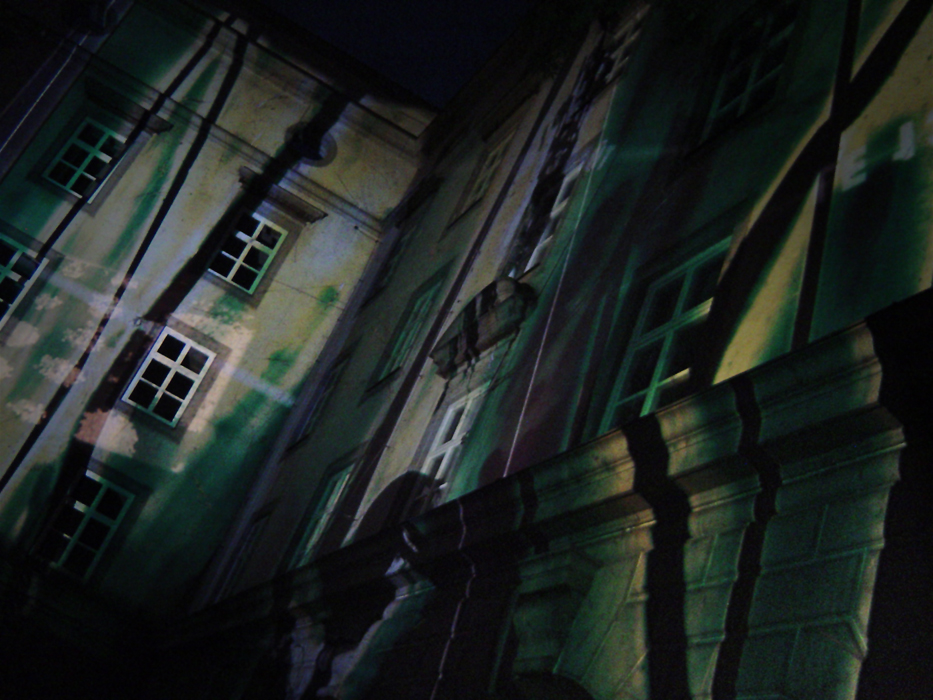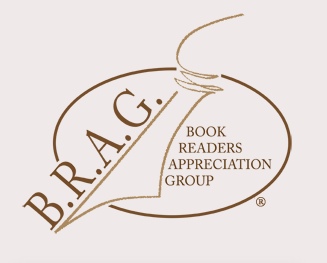 First of all, I want to thank my loyal subscribers – direct and by RSS – who follow my blog posts. I hope I’ve entertained and possibly informed you. Now I’m stepping it up and will be sending out a monthly email newsletter. It’ll contain news, updates, comments, tips and competitions. First of all, I want to thank my loyal subscribers – direct and by RSS – who follow my blog posts. I hope I’ve entertained and possibly informed you. Now I’m stepping it up and will be sending out a monthly email newsletter. It’ll contain news, updates, comments, tips and competitions.
If you’d like to receive the newsletter, you can subscribe here.
The newsletter is free to sign up to and you can unsubscribe at any time. And I’ll never pass your email address onto anybody else. You’ll hear from me once a month, so you won’t get flooded out.
Unless, of course, there is something extra exciting to share…
If you enjoyed this post, do share it with your friends!Like this:Like Loading...
 As I settle down to read Nemesis, the latest escapade of Marcus Didius Falco, Lindsey Davis’ quirky Roman detective, I remembered why I was attracted to the very first one, The Silver Pigs, and the other eighteen titles in the series. As I settle down to read Nemesis, the latest escapade of Marcus Didius Falco, Lindsey Davis’ quirky Roman detective, I remembered why I was attracted to the very first one, The Silver Pigs, and the other eighteen titles in the series.
Living in Vespasian’s reign (69-79AD), the protagonist is irreverent, clings to his plebian Aventine origins but is pragmatic about the casual brutality of his environment. Severed hands, a brother-in-law torn apart in the arena, his own near extinction are all there. But so are wit, disregard for his betters and a sense of doing the right thing, whether legal or not. He makes mistakes, gets beaten up and loses cases and clients, but we root for him when he is at his most vulnerable and human.
Davis’ stories not only show us Falco’s daily life in the centre of the known world, his friends, his love, his dysfunctional family and the odd emperor or two, but give us terrific who and whydunnits.
You won’t find the Falco books amongst historical fiction in bookshops but in the crime and thrillers section where, despite the rich and authentic historical detail, they firmly belong.
At the other end of the time spectrum, in a 2057 version of New York, J D Robbs’s Lieutenant Eve Dallas of the NYPSD heads up a tough homicide squad. While the settings and social mores are vastly different from those in the Falco stories, people are still people and crime continues while the flawed, cynical detectives drive themselves to solve their cases against time demands, corruption and the bad guys.
I’m not comparing myself to the incomparable Lindsey Davis or J D Robb – I wouldn’t be so cheeky. But if they can set their stories in a historic context but still have their books stacked in the “Crime and Thrillers” section, then I’m encouraged to think my stories with an alternative history setting could succeed as thrillers in their own right.
Updated November 2021: Alison Morton is the author of Roma Nova thrillers – INCEPTIO, CARINA (novella), PERFIDITAS, SUCCESSIO, AURELIA, NEXUS (novella), INSURRECTIO and RETALIO, and ROMA NOVA EXTRA, a collection of short stories. Audiobooks are available for four of the series.Double Identity, a contemporary conspiracy, starts a new series of thrillers. Double Pursuit, the sequel, is now out!
Find out more about Roma Nova, its origins, stories and heroines and taste world the latest contemporary thriller Double Identity… Download ‘Welcome to Alison Morton’s Thriller Worlds’, a FREE eBook, as a thank you gift when you sign up to Alison’s monthly email update. You’ll also be among the first to know about news and book progress before everybody else, and take part in giveaways.
If you enjoyed this post, do share it with your friends!Like this:Like Loading...
 “Designed to fit comfortably in a womans hand” We girlies must celebrate. That lovely company, Bic, has come to our rescue. No longer must we struggle to lift those heavy, huge Bic pens, chip our nails on them or cry with disappointment when, because of our weaker fingers, we drop them.
Bic have brought out “BIC For Her Amber Medium Ballpoint Pen “. One selling point is that they are “Designed to fit comfortably in a womans hand“.
Well, that’s all right, then. What else have we got to do with our hands?
Oh, yes, Lego for Girls: Mia the animal-lover, Olivia the smart girl, Emma the beautician, Andrea the singer and social butterfly Stephanie (Source: Huffington Post January 2012).
I feel so sorry for the designers of these products. They are going to get such a slapping from half the world’s population.
If you enjoyed this post, do share it with your friends!Like this:Like Loading...
 Listening to or reading about how other writers “did” it can sometimes sap your enthusiasm. They’ve given up the vile and/or boring day job, they get up at 5am and rattle off a couple of chapters before a long walk. A quick cup of coffee and they’re back to it. They give us a vague smile and say that they limit themselves to 3,000 words a day to keep the muse impatient for the next day. After lunch, a nap, then they mingle virtually with other authors on Twitter, Facebook or emails and spend time researching the arcane science of dowsing or the latest hard resin weapon. The next day, it’s a whirl of meetings with editor and agent, then off to sit for a professional photographer and an evening talk and networking with other (published, of course!) writers. Listening to or reading about how other writers “did” it can sometimes sap your enthusiasm. They’ve given up the vile and/or boring day job, they get up at 5am and rattle off a couple of chapters before a long walk. A quick cup of coffee and they’re back to it. They give us a vague smile and say that they limit themselves to 3,000 words a day to keep the muse impatient for the next day. After lunch, a nap, then they mingle virtually with other authors on Twitter, Facebook or emails and spend time researching the arcane science of dowsing or the latest hard resin weapon. The next day, it’s a whirl of meetings with editor and agent, then off to sit for a professional photographer and an evening talk and networking with other (published, of course!) writers.
Oh, to live this life! But is it as attractive as we think?
- Giving up the day job must have been an agonising decision – everybody has to pay their mortgage – and few writers make a decent living from their work.
- Getting up at 5am? They probably went to bed at 9.30pm, knackered. At that time of the morning, at least they get no interruptions from phone, children, spouse, neighbours, deliveries.
- The cup of coffee? Grabbed as the writer sees their precious “peace hours” ebbing away. No time for breakfast.
- Walking/swimming/the gym is essential to clear a stuffy head and to remind the rest of the body that it still works. And the head will appreciate the increased blood flow.
- Perhaps there’s a little bit of smug over-egging, but 3,000 words is the maximum they can write before their hands cramp up.
- The post-prandial nap? Think why doing the 2.30 pm talk/lecture/meeting is unproductive and half the audience is asleep. Even the most entrepreneurial take a power nap while their body naturally breaks its daily rhythm after seven to eight hours of activity.
- And that time-sucking social media? Simple – if you don’t interact, people forget you. A quick natter with friends perks you up. And there might be a blog referral that could save your novel…
- Research is the lifeblood of writing. Doing it in the afternoon switches the brain into a different mode, giving the muse a rest, but it can be a frustrating slog-fest if the information refuses to come out to play.
- And finally, it might sound glamorous, but a day traipsing up to London, fighting your way through the Tube and noisy streets, harried meetings, a quick lunch, then a lot of pre-photographic primping and trying to project studious or jolly as required while worrying about that spot developing on your nose, doesn’t sound that relaxing. The best bit is a quick glass of wine with mates in the evening before you rush back for the train.
So, still an intense “day at the office”; ruthlessly grabbing time, constant application, staying healthy, dedication to research, daily interaction with colleagues and keeping up with industry developments. And it all has to be self-driven…
Easy or what?
If you enjoyed this post, do share it with your friends!Like this:Like Loading...
 It’s 1976 and in the world of The Alteration England is dominated by a pervasive and morally twisted Catholic theocracy with a suspicion of but willingness to exploit science. Martin Luther became the radically reforming Pope, Germanian I, and the English succession skipped the man we know as Henry VIII and passed to Prince Stephen, the son of Catherine of Aragon and Henry’s elder brother, Arthur. It’s 1976 and in the world of The Alteration England is dominated by a pervasive and morally twisted Catholic theocracy with a suspicion of but willingness to exploit science. Martin Luther became the radically reforming Pope, Germanian I, and the English succession skipped the man we know as Henry VIII and passed to Prince Stephen, the son of Catherine of Aragon and Henry’s elder brother, Arthur.
Hubert Anvil is a ten-year-old chorister with a sublime voice. The Church hierarchy, anxious to preserve it for the the glory of God, decrees Hubert should be turned into a castrato – an “alteration” that could bring him fame and fortune, but would also separate him permanently from an adult world he is curious to discover.
The narrative follows Hubert, his indecision and ultimate rebellion against the process. His stern, devout father heads a household where his wife Margaret counts herself lucky he discusses concerns in private and does not enforce his marital rights. Hubert is sympathetically drawn, and I found myself engaging fully with his sense of being trapped by his parents, his school and his society. For me, a weakness is that although he is supposed to be an old head on young shoulders, he acts more like a 16 or 17-year-old.
Amis’ beautifully written world bustles with altered technology and yet retains familiar historical details: express barouches, seven-hour transport between London and Rome, gaslight, photograms and airships yet ermines, silks, velvet, fustian, servants and apprentices. The language is historical and structured, such as you would find in C J Sansom or Ann Lyle, but it never disguises people’s motivations or emotions. And then there are the witty allusions to Jean-Paul Sartre as a Jesuit, Foot and Redgrave as enforcers and the Yorkshire pope who could be Harold Wilson.
Darker themes such as population control through war, separate development (aka apartheid) and brutal intransigence against any other orthodoxy than the official one are woven into the narrative as if they were perfectly natural.
The Alteration describes both the threat hanging over Hubert and the alteration in the historical timeline which symbolises the strangulation of the development of European civilisation. All Amis’ usual knack for character, incident and satire is there in The Alteration. The most disturbing thing is how convincing this alternative world is.
If you enjoyed this post, do share it with your friends!Like this:Like Loading...
|
Subscribe to Blog via Email
Join 50 other subscribers.
Categories
Archive
|
 First of all, I want to thank my loyal subscribers – direct and by RSS – who follow my blog posts. I hope I’ve entertained and possibly informed you. Now I’m stepping it up and will be sending out a monthly email newsletter. It’ll contain news, updates, comments, tips and competitions.
First of all, I want to thank my loyal subscribers – direct and by RSS – who follow my blog posts. I hope I’ve entertained and possibly informed you. Now I’m stepping it up and will be sending out a monthly email newsletter. It’ll contain news, updates, comments, tips and competitions.













